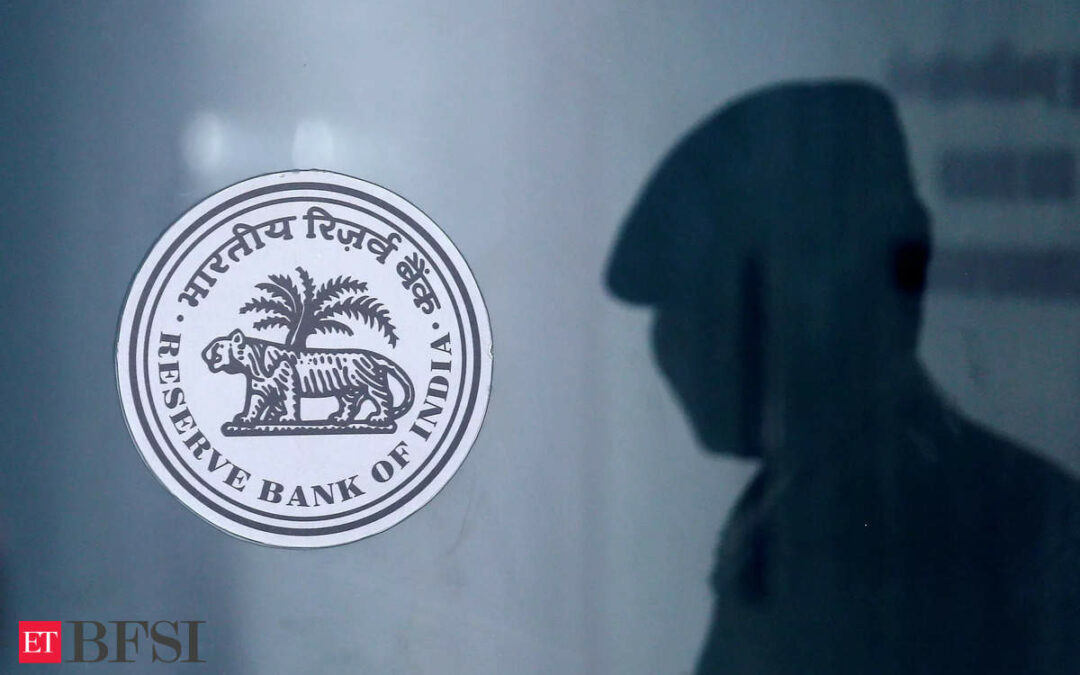The Reserve Bank of India (RBI) has transferred a record surplus of Rs 2.11 lakh crore to the government for the financial year 2023-24, significantly surpassing expectations. This substantial transfer has raised hopes among bond traders that the government might reduce its gross borrowing program by up to 1 trillion rupees for the current financial year.
Economists had forecasted a dividend ranging between Rs 75,000 crore and Rs 1.2 lakh crore. For comparison, the RBI transferred Rs 87,416 crore to the government last year. The Interim Budget for 2024-25 had estimated the government’s income from RBI dividends and those of state-owned banks at Rs 1.02 lakh crore.
Following the announcement, the yield on the 10-year benchmark 7.10% government bond maturing in 2034 fell by 5 basis points to 6.99%, its lowest level since early June. This marked the first time since June 13 that the yield ended below the 7% threshold. Last week, the RBI indicated that the government would reduce its Treasury bill issuance by Rs 60,000 crore for the remainder of April to June, likely due to a high cash balance.
Bond sale
The government plans to sell four bonds totalling Rs 29,000 crore at the upcoming weekly gilt auction. In the Interim Budget, it was stated that gross borrowing through dated securities for 2024-25 would be Rs 14.13 lakh crore, down from Rs 15.43 lakh crore in the previous year.
Until the Union Budget in July, the 10-year benchmark yield could drop to 6.75% if there is a firm expectation of a significant borrowing cut. Additionally, the inclusion of India’s gilts in a JP Morgan index on June 28 is expected to attract foreign portfolio investments. The 10-year yield is likely to remain under 7% barring significant changes in government or unexpected rises in US Treasury yields.
Assuming other budget figures remain unchanged, the fiscal deficit for 2024-25 could be reduced to 4.8% of GDP from the 5.1% pegged in the Interim Budget. Some economists anticipate an even sharper fiscal consolidation. The RBI’s surplus transfer, despite increasing its contingency risk buffer to 6.50% from 6.00%, suggests the Indian economy is robust and resilient. The central bank’s interest income from foreign and domestic securities likely increased due to hardened yields after global central banks raised interest rates.
The surplus breakdown
The RBI’s gross dollar sales in 2023-24 likely contributed to the profit, though income from this was probably lower than the previous year. The surplus may have also benefited from the reversal of provisions made in earlier years due to the maturity of treasury holdings. Despite these gains, under-recoveries from other segments could offset the additional non-tax revenue for the government.
Given potential shortfalls in disinvestment receipts and moderate tax collection growth, the fiscal deficit for 2024-25 could still undershoot the Budget Estimate by 0.2% of GDP. Speculation on gross borrowing cuts has been prevalent in the bond market since Wednesday, with media reports suggesting such a move could inject liquidity into the banking system and reduce the government’s cash pile.











